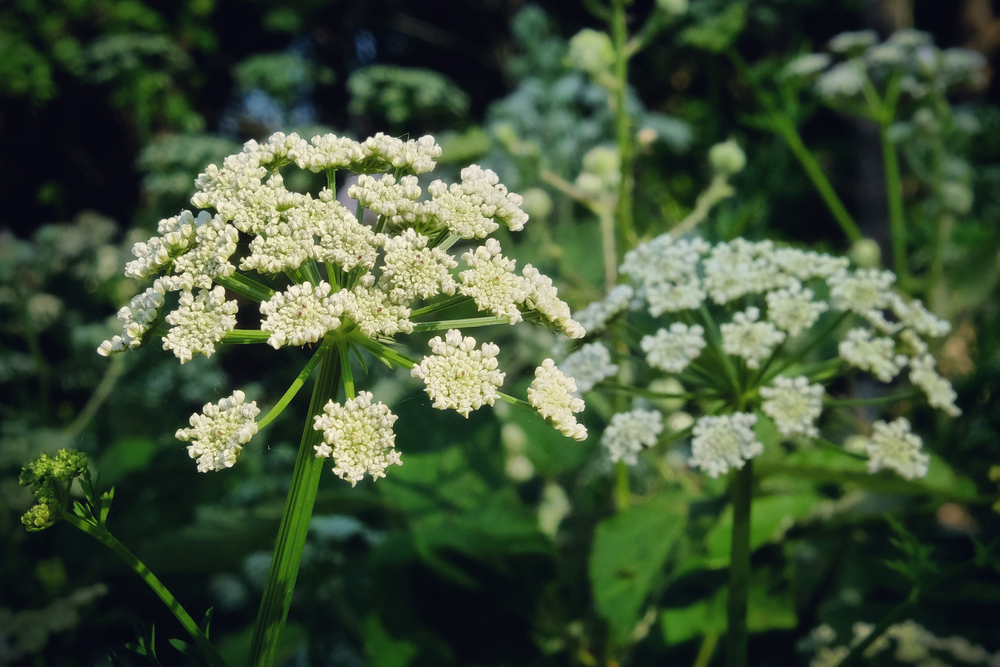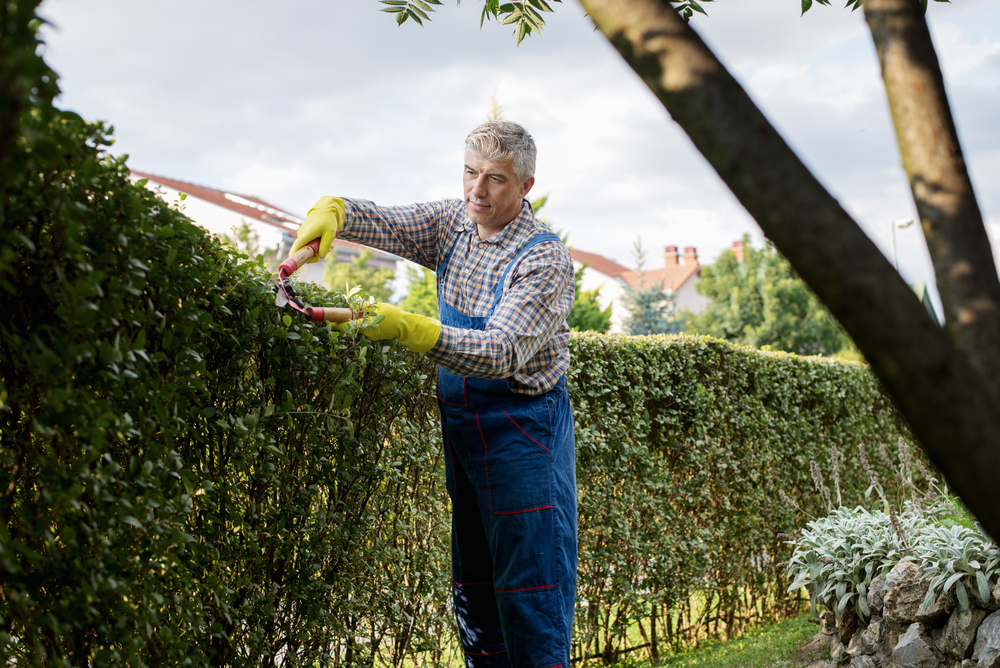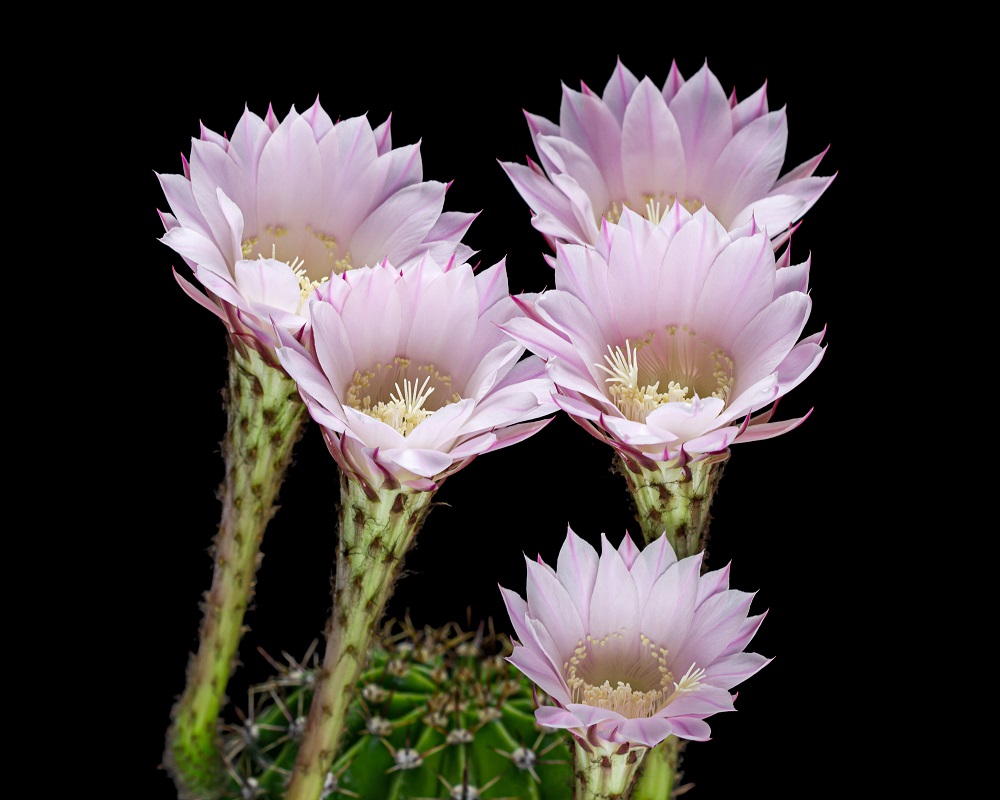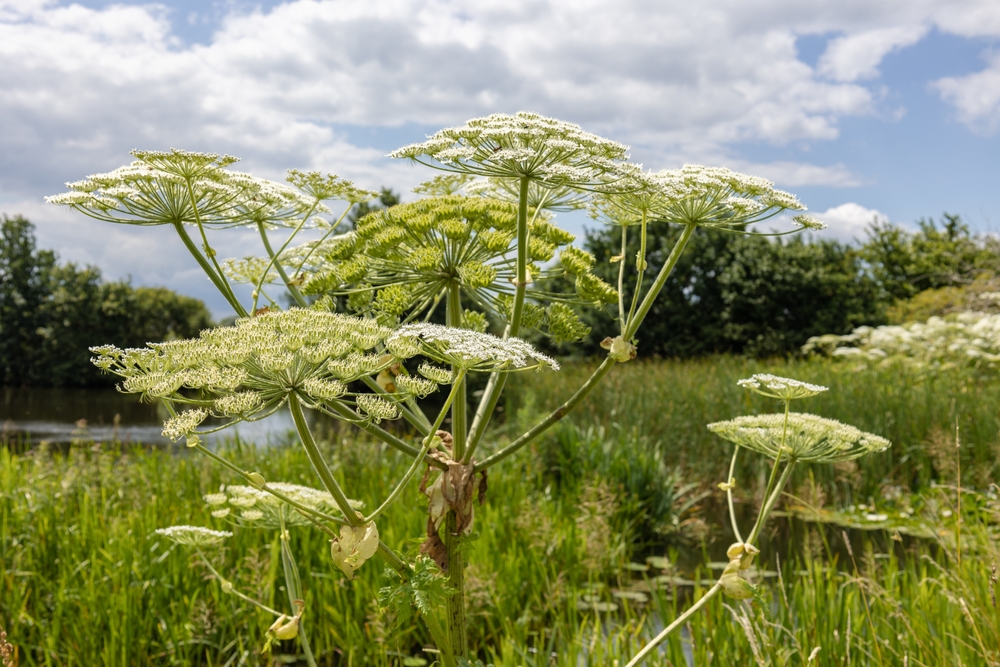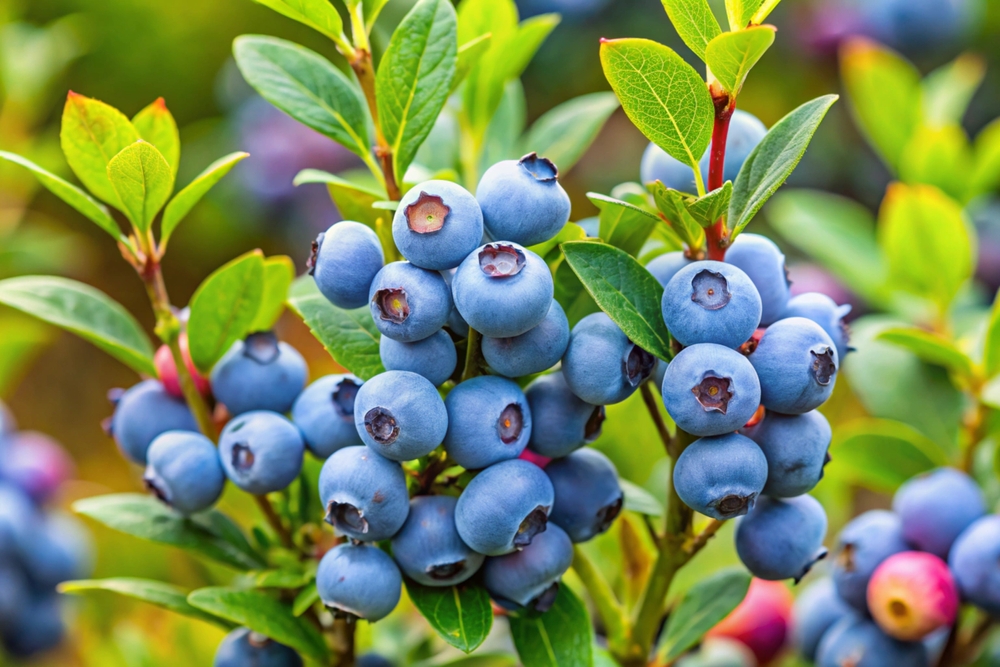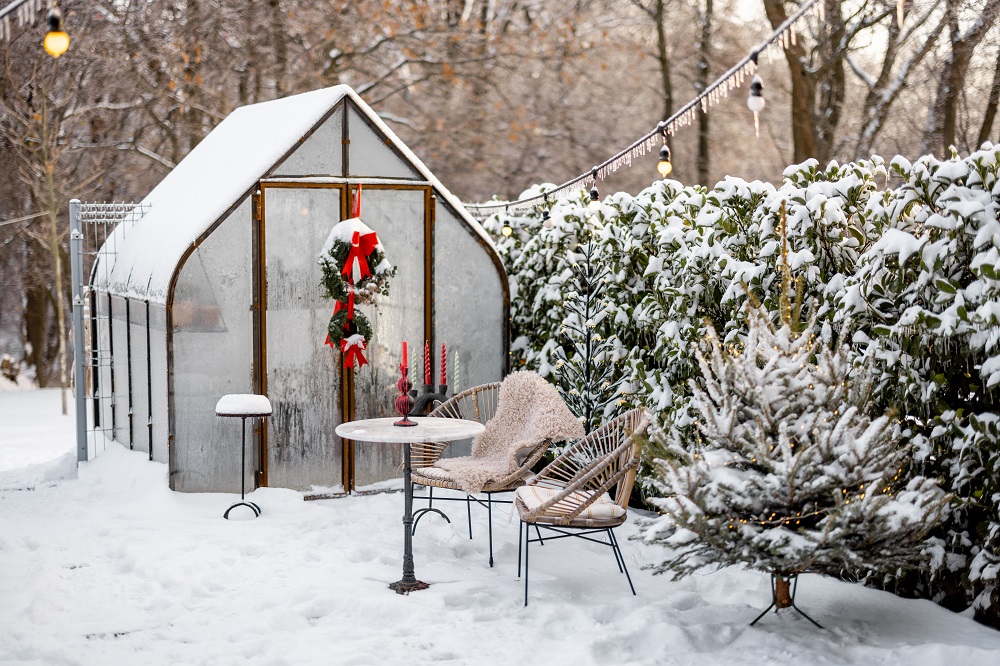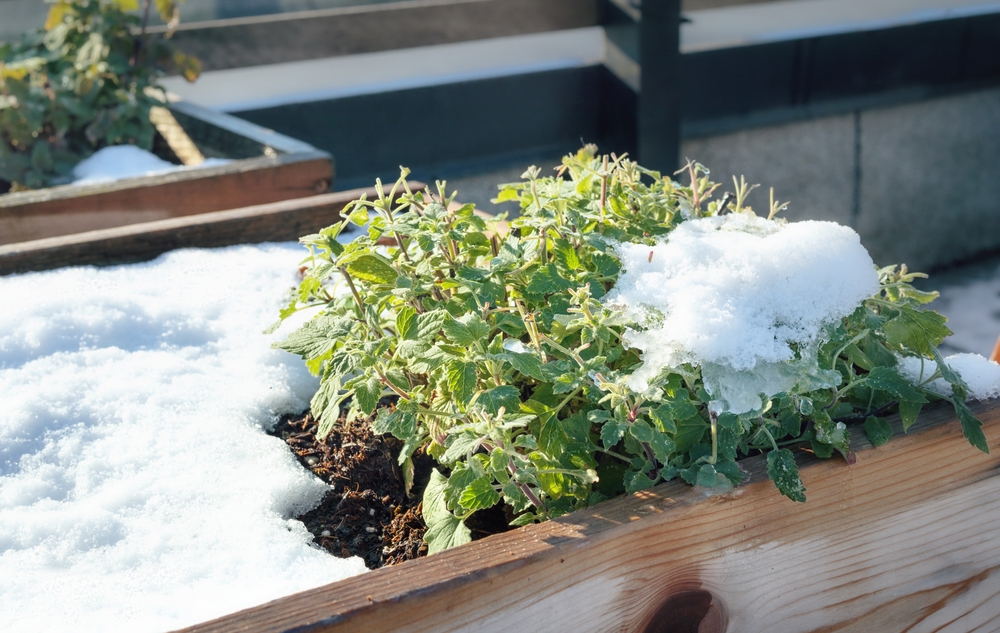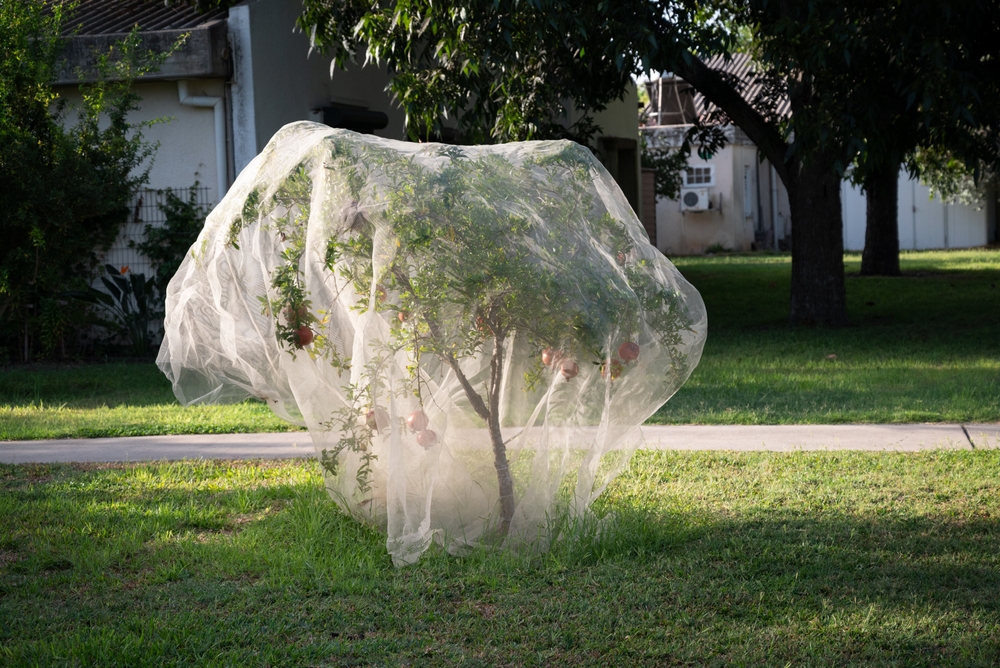If you’re one of those people with a garden shed, then consider yourself lucky. After all, it’s a great thing to be able to have a space specifically meant for storage and crafting your own DIY projects. However, if you feel like it has become a bit cluttered or it starts resembling one of those houses that you see in horror movies, then it could probably use an upgrade.
And honestly, when it comes to gardening and anything related to it, we have the best tips out there. So here’s how to upgrade your garden shed in the best, most frugal way possible.
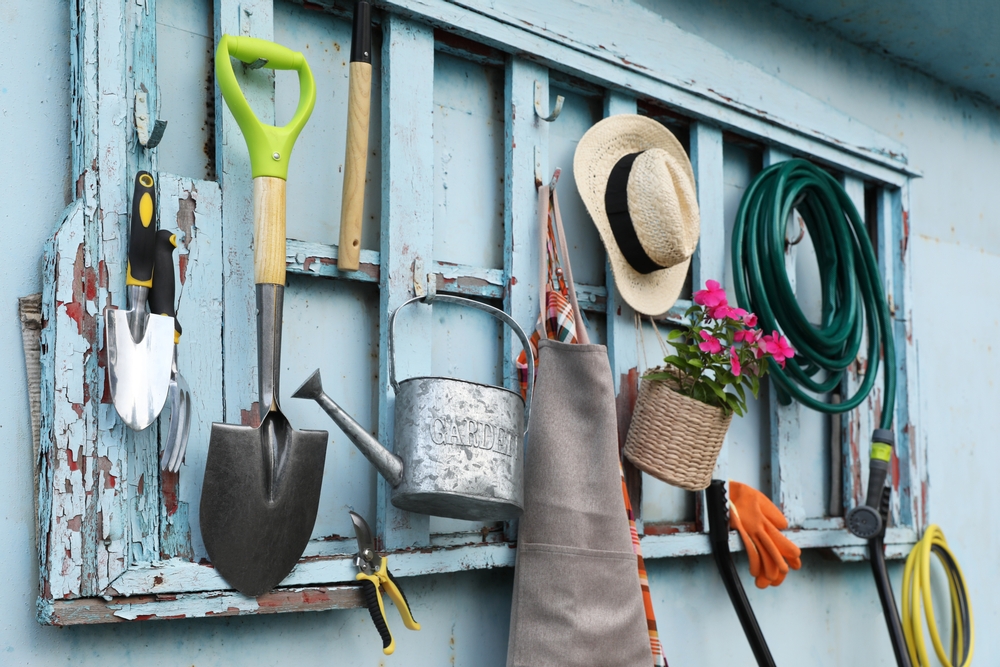
Prettied-up pallet
The ever-versatile, Pinterest-beloved shipping pallet comes really in handy if you want to efficiently organize your gardening odds and ends. So with the help of a rake head that corrals your tools, some butcher’s hooks to hold the twine, and a well-mounted enamelware bucket that stores all the gloves and hoses, you can get the job done instantly.
What you want to do is check for the International Plant Protection Convention logo, because that will certify that a pallet has been treated to prevent the spread of insects or plant diseases.
Knob mob
You should try crafting a knob mob with fun colors and shapes, because it’s one of the easiest ways to spice up your shed without too much fuss. Do you want to hear a secret? Try using outdoor metal faucet handles, they’re wonderful for a wreath.
Do you envision it? Let me help you. Start by loosely wrapping a wire wreath form in a burlap ribbon. Then, bend 4-inch lengths of green floral wire into U shapes. Then, thread both ends of a wire piece through a handle and poke through the ribbon, wrapping the wire ends firmly around themselves to secure the handles.
Retooled markers
You can reuse rusty or wobbly-handled garden tools as plant identification markers. If you want to make it, you need to drill a small hole in the wood handles and then carefully tie hand-penned wooden tags* through the holes with twine. Then, insert the pointy tips into the soil so the markers stand upright. Make sure you coat the wood with clear varnish to efficiently protect the handwriting from the elements.
Window trellis
A well-salvaged window will stand as the perfect support for a climbing vine. Remove the glass panes, hang on a wall (or simply rest on your worktable), and set a potted plant like an Asiatic jasmine or clematis next to it. As the vine slowly grows, tie it to the window’s framework with twine.
Stacked shelves
Reclaimed your wood boards with an assortment of aged pots stacked up to make a makeshift shelving for your gardening goods and tools. If you want to make sure the shelves are stable, place bigger pots toward the bottom and smaller containers at the top.
Repurpose what you’ve got
The vintage shutters will instantly add an architectural upgrade to a plain gardening room. This is probably our favorite tip because it’s super easy to do and it also challenges you to be more creative with what you already have on hand.
Incorporate salvaged finds
Plastic storage bins don’t really have the same, every-piece-has-its-own-story charm. A rough-hewn item (that was probably a cheese locker in a past life) with no less than 28 compact drawers would make the perfect spot for stashing your twine, seeds, and any other gardening essentials.
Create a space for flowers
You can also borrow an item that might have been designed for the kitchen and repurpose it. Look for one that has lower cabinets, a granite countertop, and if you find one, an apron-front sink. I know it sounds like it has to check a lot of boxes but hear me out: this could automatically create the perfect space for cutting blooms and washing muddy, hardworking hands.
Up top, you can ornate with iron brackets to give the painted lumber shelves a well-deserved lift.
Hang thematic artwork
Photocopied vintage seed packets (that are already enlarged to fit the standard 8″ with 10″ Barnwood frames, will definitely add a wilt-proof pop of color.
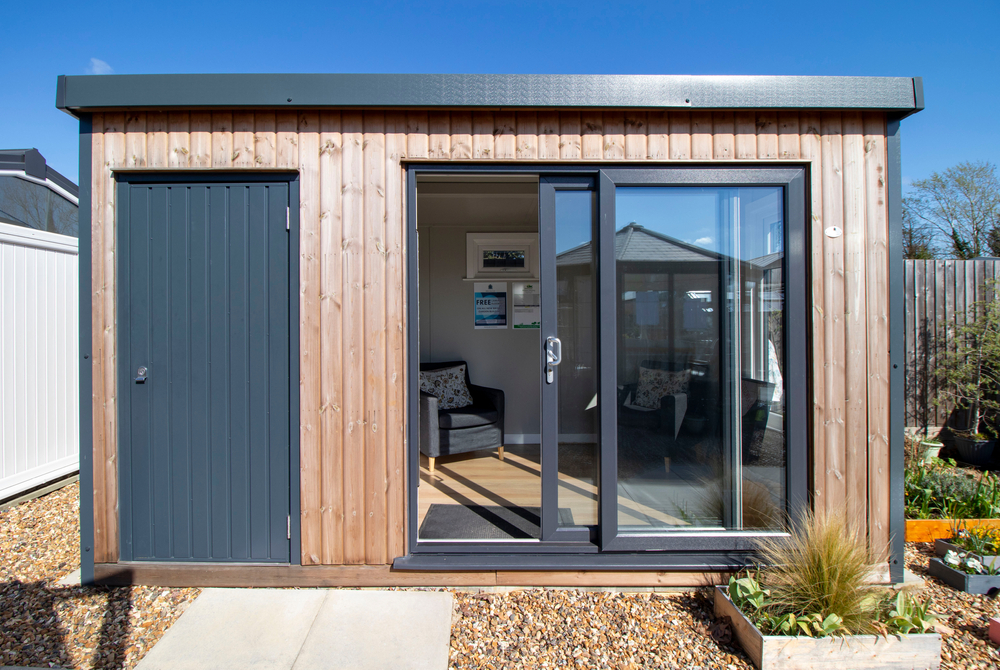
Organize your terra-cotta pots
If you have an impressive collection of classic pots, then you should know that this is quite an affordable gardening standby, as long as you know how to make it. If you store them on an antique bottle drying rack, they will add a specific earthly style to the room. It honestly looks very nice!
Packet protector
Keeping your seeds well-organized is a mandatory exercise for any good gardener out there. A vintage recipe box makes it much easier to sort them by season or even alphabetically.
Paint it
By painting your shed, you will not only protect the wood, but you’ll also change the look and feel of your garden. Bright colors will automatically bring a certain vibrancy to your garden and lift your spirits.
More neutral shades like olive green will also make your shed less prominent and help it blend in with the planting. If you paint it a darker color, like black or blue deep, it will seem even further away, which will help create the feeling that your otherwise small garden looks a bit bigger now.
Fix a water butt to your shed
Long, and hot summer days with less rainfall automatically imply that we should recycle water whenever we can. That’s why we’d advise you to use the roof of your shed to collect this precious resource.
Just try to attach the guttering below the roof and add a drainpipe leading into a water butt to catch and store the rain. You can also use it to water your garden and any other plants, whether they’re indoors or out, that would prefer rainwater over water from the tap.
Use the shed to attract wildlife
The sides of your shed could offer you the opportunity to provide valuable shelter for smaller garden wildlife. Nest boxes for birds and even “hotels” for solitary bees and any other pollinating insects, whether they’re shop-bought or homemade, are quite easy to attach and can look extremely attractive and useful.
You only need to make sure they’re out of the prevailing wind, rain, and strong sunlight.
Add a green roof to your shed
A shed roof, not matter its dimensions, is a wonderful planting opportunity, on what would otherwise be seen as a barren space. Covering it with plenty of plants will also soften its appearance, helping it blend with the greenery around it.
A green roof might also insulate the shed and provide additional shelter for wildlife. Make a shallow-edged wooden frame to place on the existing roof, then line it with plastic and fill it with soil. Plant it with grasses, sedums, and even wildflowers, or simply let the local plant population colonize it naturally.
Use it as a focal point
You can give your shed a makeover and turn it into the focal point of your garden. For example, an old shed shouldn’t be so eyesore, and a new one can easily become a beautiful feature, whether we’re talking about a Swiss chalet or even a beach hut evocative of the holidays that went by.
A simple coat of paint can also lift a shabby shed right away. You can try with contrasting colors, and even add some stripes to spice things up a bit!
If you found this article insightful, we also recommend checking: Poisonous Plants That Pose a Threat to Your Home

